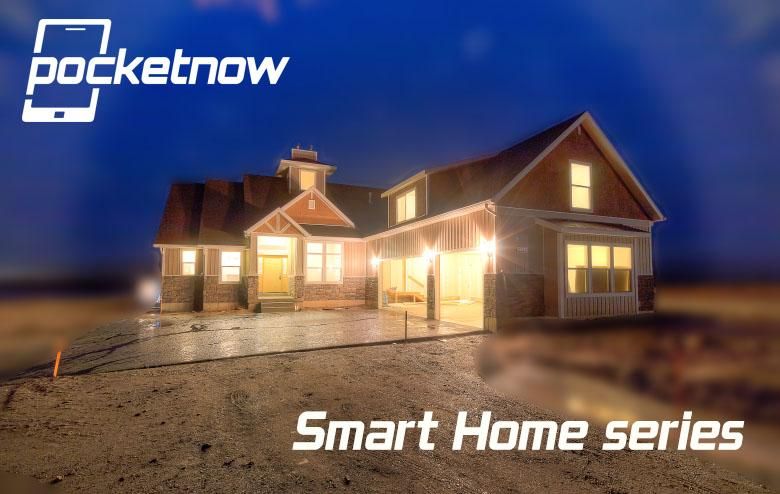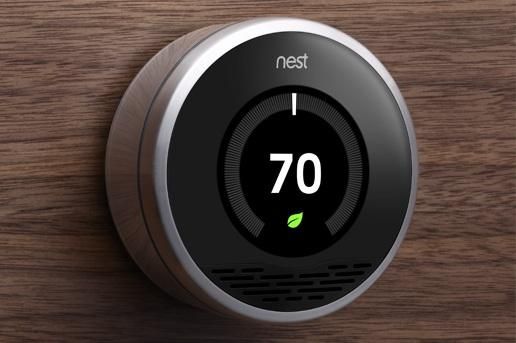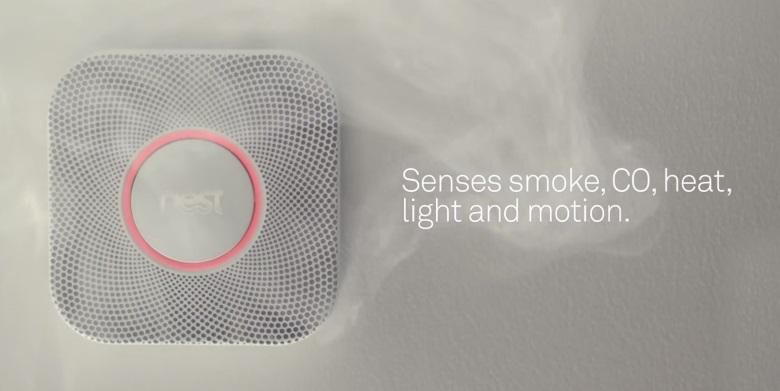In recent years, our phones have evolved into the “universal remote control” – not for our televisions, but for our homes. That’s where the Pocketnow Smart Home series comes in! Thanks to a combination of sensors and Internet of Things innovations, taking your old-fashioned home and turning it into a smart home isn’t as difficult, or as expensive as you might think – and it’s all controllable from your phone, phablet, or tablet.
•
If you’ve been following our smart home series, we laid its foundation with the Almond+ smart router by Securifi – but my quest for a smart home actually started years earlier. Back in the early days, I tried to automate my old home by retro-fitting it with X-10 switches and receptacles. This technology uses electrical impulses sent over the power lines for signaling and control. Though home automation can be effectively implemented with X-10, it’s much more complicated to set up than today’s wireless protocols. Despite investing hundreds of dollars and countless hours trying to automate my home, I eventually gave up.
Thankfully, the second time around (using Almond+ with Zigbee and Z-Wave devices and sensors) worked a lot better, and was much easier to set up, and to incrementally build upon. But where does Nest fall into today’s smart home? And what are some of the pros and cons of going that route?
Nest in a nutshell
When Nest was formed, the goal was to re-invent common devices around your home – based on ideas from talented individuals who had defected from Apple and other big-name technology companies. The result, the Nest Learning Thermostat, promised to save money, use less energy, and ultimately save the planet – one home at a time.
The way Nest plans on accomplishing all this is a little complicated – and a lot brilliant. First of all, by adding extra sensors, Nest can know when you’re home (and adjust the temperature accordingly when you’re “away”). It knows if it’s in direct sunlight (and can adjust for that, to heat and cool appropriately). It knows what the relatively humidity is (because that factors into how hot or cold your home “feels”). Thank to its WiFi connection to the Internet, it even knows what the outdoor temperature is going to be, and can add some additional heating or cooling (or scale back on it, as the case may be).
When added up, all this can save energy and money – and it looks really good in the process.
Next up was the Nest Protect smoke and carbon monoxide detector. This product uses WiFi to talk not only to the Internet, but to other Protects in the home – and even your Nest thermostat. With its built-in motion and audio detectors, it can tell your thermostat when you’re home, and when you’re not, which can help with your heating and cooling. When an alarm goes off, your thermostat is advised so it can turn off your HVAC system, stopping potentially deadly fumes or smoke from being spread through the house.
Now there’s even Nest Cam (formerly Dropcam). All of these can communicate with each other, but they all need an Internet connection and web services to take advantage of all the interconnected goodness. That extends to other devices that carry the “Works with Nest” logo as well.
Disadvantages
Nest is cool, that’s for sure. I have two Nest Learning Thermostats in my new smart home, and when you add to that 13 Nest Protects, well, that’s a pretty substantial investment. Unfortunately, it’s not one that’s paying off.
First of all, this is a rural home. Internet is only available by satellite or terrestrial wireless (I went with the latter). That Internet connection goes down any time there is heavy snow, rain, or even fog – which happens frequently. This means devices that rely on web services to operate (or interoperate) don’t work as expected. Almond+ is different, since it operates separately from, but in conjunction with web services.
Regarding the thermostat, the power bill from our first month and a half was over US$700. The reason? We are using a geothermal heat pump and the Nest website apparently didn’t tell the Nest thermostat that we wanted to use “Max Savings” for the heat pump/electric heat balance. This lead Nest to run our very expensive electric backup heating almost all the time. My HVAC installer checked the thermostat, and despite the Nest website being set to “Max Savings”, the thermostat was set to “Max Comfort”. I’ve got to chalk that up to the web service failing to communicate properly with the device – which underscores my “web services” issue. Even after we made the change in the thermostat itself (and even disconnected the electric backup heater), our next month’s power bill was still North of $400.
Nest is notoriously bad when it comes to working with geothermal heat pumps. Despite having advertised support for geothermal, forums are ripe with stories like mine, with power bills through the roof. My HVAC installer even went as far as installing another brand of thermostat because of his distaste of Nest.
Then there’s the whole issue of the Nest Cam always being “on”, even when it’s supposed to be off. Nevertheless, Nest is still a great way to get started with home automation, but it’s not the magic bullet that some are making it out to be.
As with any smart home solution, be aware of the benefits as well as the limitations and drawbacks of the technology that you build upon.



